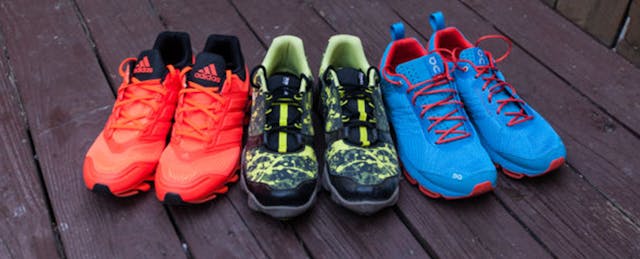Forget policy. Forget expertise. Want to design better schools? Force yourself to sit in a classroom and see what it is actually like to be a student.
Alexis Wiggins, a veteran high school teacher, shadowed students for two days and recently wrote about her experiences on her father Grant Wiggins’ blog. Her headlines: Being a high school student is “exhausting” and “you feel a little bit like a nuisance all day long.” The post was read over 800,000 times since it was first published on October 10th and went viral among educators.
Alexis Wiggins’ story was not about boring high schools or bad teachers a la Ferris Bueller’s Day Off. In Grant Wiggins’ words, it was a “blameless critique.” In her account, Alexis laments, “I waited fourteen years to do something that I should have done my first year of teaching,” wishing she could go back to every class she ever taught and change “most of it.”
This veteran teacher stirred our souls by reminding us that the very acts of teaching and running schools create distance between us and the students we are trying to serve.
But in this gap, between our herculean efforts to educate students and actual student experience, lies a great opportunity to design better schools and liberate the education profession.
Put Students at the Center of School Design
When high-performing charter public school network Achievement First wanted to rethink its school model, the first step was to shadow several of their students both at school and at home. Achievement First found that one key to redesigning school was understanding children’s lives after school. Intentionally or not, Achievement First was employing design thinking principles.
David Kelley, founder of famous design firm IDEO and the Hasso Plattner Institute of Design at Stanford (better known as the d.school), suggests that directly observing people--in this case, students--is the best way to develop empathy for real human needs and challenges. Kelley calls it human-centered design or, more popularly, design thinking. By stripping away complexity and focusing on core wants and needs, innovators develop unexpected solutions to real problems worth solving.
Be Subversive; Listen to Students
Ironically, soliciting unvarnished feedback from students is controversial in education. Focusing on inputs like teaching methods, syllabi and curriculum is more common (and valued) than output measures such as student learning, engagement and experience.
The Measures of Effective Teaching Project by the Bill & Melinda Gates Foundation found that student perceptions of teacher effectiveness are reliable predictors of achievement gains. According to Bellwether Education, the feedback captured through student surveys are “in many cases... more reliable than classroom observations and student growth measures.”
A renewed interest in the power of student feedback has given rise to companies like Panorama Education, YouthTruth, and Brightbytes, who provide student surveys and analysis for schools. Take, for example, one Kentucky high school--administrators and educators use student feedback data from YouthTruth to significantly decrease the number of students failing classes.
Actual engagement in learning is even more difficult to observe. While we value student compliance in our schools, compliance does not equal engagement or learning; consider the well-behaved high school student who creates no distractions but cannot wait to walk out the classroom door.
Science may contribute most to our understanding of student engagement. A number of online learning organizations are finding correlations between keystroke patterns, student engagement and, in some situations, even offline behavior. Wearable sensors that measure stress and concentration may one day yield deep insights of student learning as well as harder-to-capture traits like curiosity and confidence.
Student feedback is challenging, but forward-thinking educators are finding ways to make empathy for students a driving force in bettering schools.
Use Student Feedback to Liberate the Teaching Profession
It's often stated that teachers don’t have enough voice, and that educators as a whole aren’t respected as professionals. The theme of educator disempowerment is prominent in the national education discourse.
Sharing opinions is good. Creating innovative solutions for students and being celebrated as a professional for this work is better. We honor educators by letting them discover real problems worth solving, and by giving them space to devise creative solutions.
But first, educators must embrace the student experience.
Design thinking proponents believe that the biggest, most innovative ideas come from observing and understanding the people impacted by the product or service. According to George Kembel, Global Director and co-founder of the Stanford d.school, “Empathy is the starting point for creativity.”
Design thinking in education is shifting from a curiosity to a burgeoning movement. People and organizations like The Colorado Education Initiative, TrueSchool Studio, Grant Lichtman, 4pt0 Schools, NoTosh consulting, IDEO and The Nueva School are equipping educators with the skills to use empathy as a launching point for education innovation.
Microschools are another promising trend in empathy-based innovation for both K-12 and higher education. Microschools are small schools comprised of 20-100 students and nimble enough that educators can learn from students on the fly.
Embrace Student Experience and Embrace Empathy
Like most things in education, design thinking is not a panacea. And critics rightly point out that the approach puts a new name on what great designers have done for years: observe, understand, brainstorm, prototype (wash, rinse, repeat).
But our veteran high school teacher hit a nerve among educators by reminding us how easy it is to lose sight of students’ actual experiences.
It’s both scary and energizing to realize that these same students may hold the keys to better schools and a better profession.


